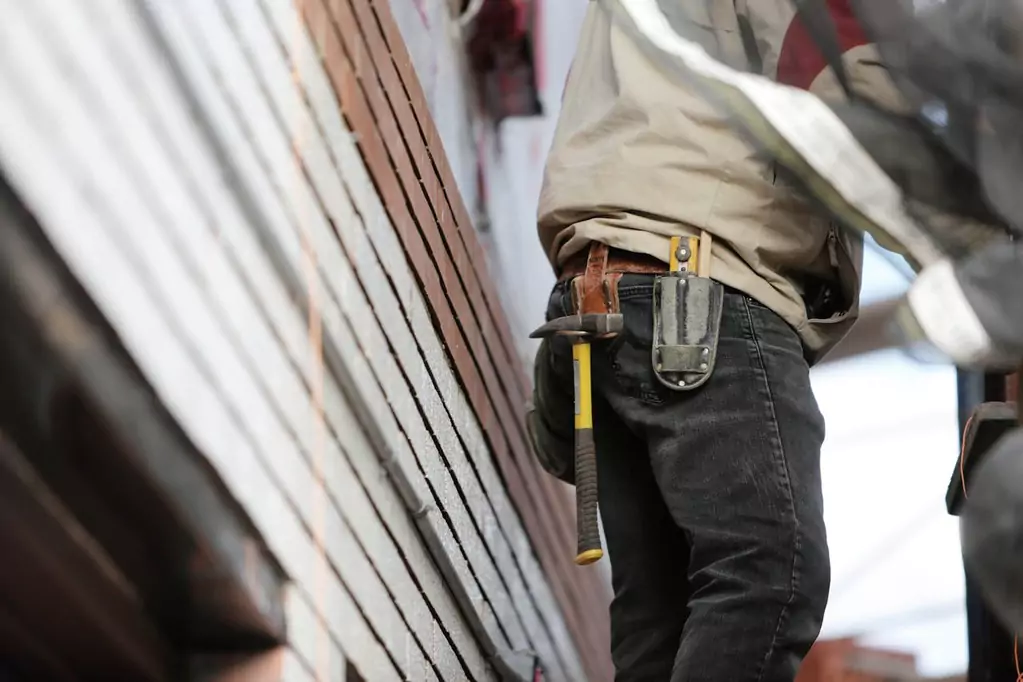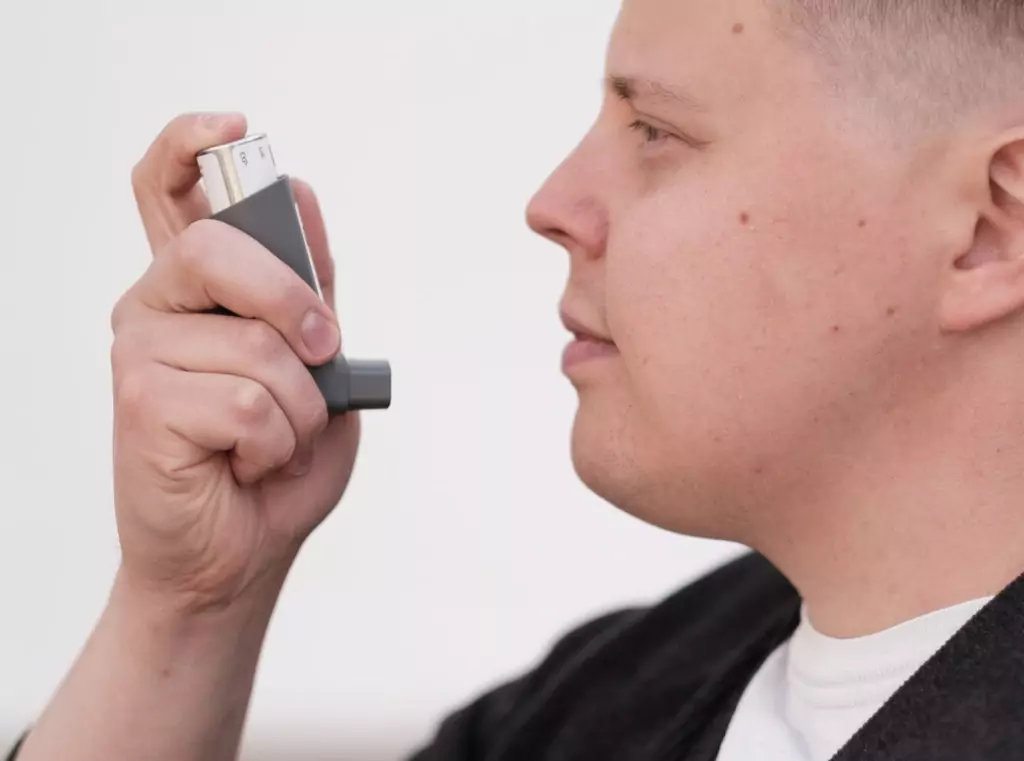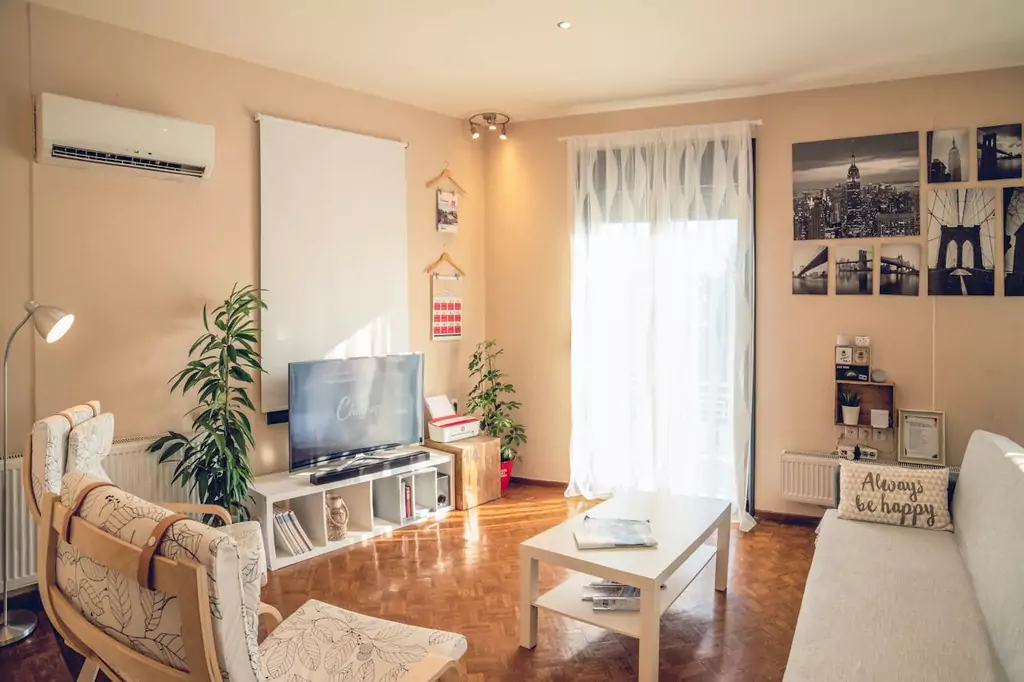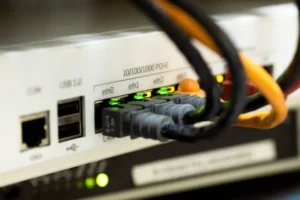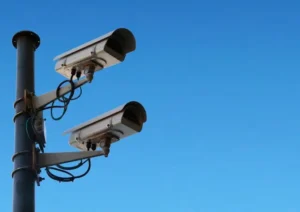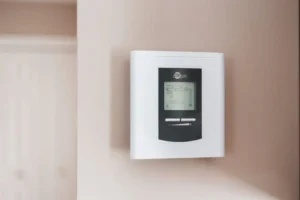Now Reading: Does Keeping Your Home AC at 72°F Save Money?
- 01
Does Keeping Your Home AC at 72°F Save Money?
- Home
- Home Appliances
- Does Keeping Your Home AC at 72°F Save Money?
Does Keeping Your Home AC at 72°F Save Money?
![]() Anne MaddisonClimate Control, Home AppliancesAugust 17, 202574 Views
Anne MaddisonClimate Control, Home AppliancesAugust 17, 202574 Views
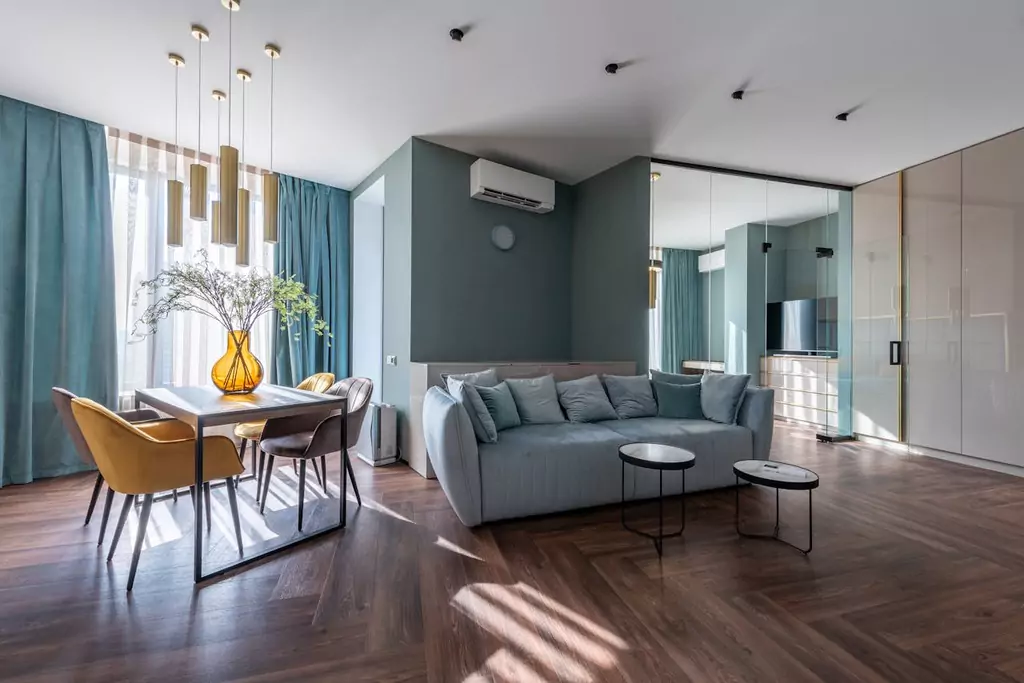
Summer energy bills can be absolutely shocking. You know that feeling when you open your electric bill and wonder if your air conditioner has been secretly running a small factory in your basement. With cooling costs making up about 13% of the average home’s energy expenses, many homeowners are searching for that sweet spot where comfort meets affordability. The question on everyone’s mind is simple: does keeping the AC at 72°F actually save you money?
The short answer might surprise you. While 72°F feels comfortable for most people, it’s not necessarily the most economical choice. The relationship between your thermostat setting and your wallet is more complex than you might think, involving factors like your home’s efficiency, local climate, and even the time of day.
Throughout this comprehensive guide, we’ll dive deep into the real costs of different temperature settings, explore what energy experts actually recommend, and give you practical strategies to slash your cooling bills without turning your home into a sauna. By the end, you’ll have a clear understanding of whether 72°F is worth the cost and how to optimize your AC settings for maximum savings.
Understanding AC Temperature Settings and Energy Costs
Your air conditioning system doesn’t work like a light switch where the cost stays the same regardless of how you use it. Instead, it operates more like a car engine: the harder you make it work, the more fuel it consumes. When you set your thermostat to 72°F, your AC has to work continuously to maintain that temperature, especially when it’s hot outside.
Here’s where the math gets interesting. HVAC experts report that for each degree you set your thermostat above 72°F, you can save up to 3% on your energy bill. This means that seemingly small temperature adjustments can lead to substantial savings over time. To put this in perspective, if your monthly cooling bill runs $200 in the peak summer months, raising your thermostat from 72°F to 75°F could save you $18 per month.
The relationship between indoor and outdoor temperature is crucial to understand. When it’s 95°F outside and you want to keep your home at 72°F, your AC system has to overcome a 23-degree temperature difference. This requires significantly more energy than maintaining a 78-degree indoor temperature, which only creates a 17-degree difference.
Your cooling system works by removing heat from your home and expelling it outside. The greater the temperature difference you’re trying to maintain, the harder your system has to work. Think of it like swimming against a current: the stronger the current, the more energy you need to maintain your position.
If you’re also wondering about the best settings for your air conditioner, check out our guide on the best AC mode to use at home in summer.
Does Keeping the AC at 72°F Save Money Compared to Other Settings?
The direct answer is that keeping your AC at 72°F does not save money compared to higher temperature settings. In fact, it’s one of the more expensive choices you can make for summer cooling. However, the comparison depends on what you’re measuring it against.
According to energy data, cooling your home to 78°F rather than 72°F can cut your electricity bill by more than 25% in summer. That’s a massive difference that can translate to hundreds of dollars in savings over the cooling season.
Let’s break down some real-world numbers. Imagine you have a typical 2,000 square foot home and your summer cooling costs average $300 per month when keeping your AC at 72°F. Here’s how different temperature settings would affect your bill:
- 72°F: $300 per month (baseline)
- 74 °F: $282 per month (6% savings = $18 saved)
- 76 °F: $264 per month (12% savings = $36 saved)
- 78 °F: $225 per month (18% savings = $54 saved)
Over a four-month cooling season, the difference between 72°F and 78°F could save you more than $200. However, there’s an important caveat here. Consumer Reports surveys show that the average preferred temperature setting is around 71°F, which means 72°F is actually closer to what most people find comfortable.
The money-saving potential of 72°F comes into play when you compare it to even lower settings. If you’re used to keeping your home at 68°F or 70°F, then moving up to 72°F will indeed save you money. Every degree higher results in 3% savings we discussed earlier.
What Do Energy Experts Actually Recommend?
Here’s where things get interesting, and potentially controversial. The U.S. Department of Energy (DOE) recommends setting your thermostat to 78°F Fahrenheit during summer when you’re home. Yes, you read that right: 78°F, not 72°F.
This recommendation is based on extensive energy efficiency research and is designed to optimize the balance between comfort and cost. The DOE explains that you should set your thermostat as high as comfortably possible in the summer because the smaller the difference between the indoor and outdoor temperatures, the lower your overall cooling bill will be.
However, there’s been some confusion about these recommendations. The EPA has clarified that while DOE suggests 78°F, the ENERGY STAR program doesn’t mandate any specific temperature, instead focusing on programmable thermostat strategies for energy savings.
The reality is that comfort is highly personal. HVAC professionals note that most people work better and are more productive in the 72°F to 74°F range, and this setting is effective at keeping homes cool and dry while maintaining alertness during afternoon hours.
So where does this leave 72°F? It sits in an interesting middle ground. It’s more expensive than the DOE’s recommendation but more comfortable for many people than 78°F. It’s also significantly more efficient than the 68°F to 70°F settings that some people prefer.
The key insight from energy experts is that the optimal temperature isn’t just about the number on your thermostat. It’s about using smart strategies like programmable scheduling, taking advantage of natural cooling, and making your home more efficient overall.
Smart Strategies to Maximize Savings at Any Temperature Setting
Regardless of whether you choose 72°F or another setting, there are proven strategies to maximize your cooling savings without sacrificing comfort. These techniques can make a 72-degree setting more affordable or help you stay comfortable at higher temperatures.
Programmable and Smart Thermostats
Energy efficiency research shows that turning up the thermostat 7°F to 10°F when you’re away can save between 5% to 15% on cooling costs. This means you could keep your home at 72°F when you’re there and let it rise to 79°F to 82°F when you’re at work.
Smart thermostats take this concept further by learning your schedule and automatically adjusting temperatures. They can also provide detailed energy usage reports, helping you understand exactly how different settings affect your bill.
Strategic Fan Usage
Ceiling fans are game-changers for comfort at higher temperatures. A ceiling fan can make you feel 4°F to 6°F cooler by creating air circulation, which means you could set your AC to 76°F or 77°F while feeling as comfortable as you would at 72°F without a fan.
While a ceiling fan won’t replace your air conditioner during summer months, it can certainly complement it and help you maintain comfort at higher thermostat settings.
Zone Cooling and Room-Specific Strategies
If your home has multiple zones or if you spend most of your time in specific areas, you can save money by cooling only the spaces you’re actually using. Close vents in unused rooms and focus your cooling efforts on occupied areas.
Insulation and Air Sealing
The efficiency of any temperature setting depends heavily on how well your home holds cool air. Proper insulation, sealed windows and doors, and good weatherstripping can make a 72°F setting much more affordable by reducing the workload on your AC system.
Time-of-Use Strategies
Many utility companies charge different rates depending on when you use electricity. Running your AC at lower temperatures during off-peak hours and allowing temperatures to rise during peak rate periods can significantly reduce costs while maintaining overall comfort.
Common Mistakes That Increase AC Costs at Any Temperature
Even if you’ve settled on 72°F as your preferred setting, certain mistakes can dramatically increase your cooling costs without providing any additional comfort.
The Thermostat Shock Approach
One of the biggest mistakes people make is setting their thermostat to extremely low temperatures when they want to cool down quickly. Setting your AC to 65°F when you want it to reach 72°F doesn’t make it cool faster; it just means your system will keep running until it hits 65°F, wasting enormous amounts of energy.
Ignoring Humidity Levels
Your AC doesn’t just cool your home; it also removes humidity. Sometimes what feels “too warm” at 72°F is actually a humidity problem, not a temperature problem. Addressing humidity issues separately can make higher temperatures feel more comfortable.
Poor Maintenance Practices
A dirty air filter can increase your energy costs by 5% to 15% regardless of your temperature setting. Dirty coils, blocked vents, and refrigerant leaks all make your system work harder, turning even an efficient 76°F setting into an expensive proposition.
Fighting Heat Sources
Using heat-generating appliances like ovens, dryers, or incandescent light bulbs during the hottest part of the day forces your AC to work harder to maintain any temperature setting. Simple timing changes can make your chosen temperature more affordable to maintain.
Window and Door Management
Leaving curtains open during sunny hours or keeping doors open to unconditioned spaces like garages or attics can undermine any temperature setting. These heat sources can make a 72°F setting feel warm and a 78°F setting unbearable.
For more tips on improving your indoor air quality, see our post on whether an air conditioner can filter smoke at home.
Frequently Asked Questions About AC at 72°F
Why is 72°F such a common AC setting in homes?
A lot of people set their AC to 72°F because it feels just right. It is cool enough to make a room comfortable without feeling too cold. Over time, 72°F became the “standard” in many homes since families often used it and passed down the habit.
Does humidity play a role in comfort at 72°F?
Yes, humidity makes a big difference. When the air is humid, 72°F can feel warmer and heavier, so you might not feel as cool as you expect. When the air is dry, 72°F can feel much cooler, sometimes even chilly. That is why controlling humidity in your home matters.
Does insulation affect how expensive it is to keep a home at 72°F?
Insulation plays a huge role in how much money you spend cooling your home. If your house has poor insulation, the cool air escapes and hot air comes in. This makes your AC run longer and use more electricity just to keep 72°F. Homes with good insulation trap the cool air inside, so the AC does not have to work as hard. Adding insulation to your attic, walls, and around windows and doors can help lower your energy costs while keeping your home cool.
Final Thoughts
So, does keeping the AC at 72°F save money? The answer depends entirely on your point of comparison. If you’re currently cooling your home to 68°F to 70°F, then yes, 72°F will definitely save you money. However, if you’re comparing it to DOE’s recommended 78°F, then 72°F is actually a more expensive choice.
The key takeaway is that 72°F represents a middle-ground approach to summer cooling. It’s more comfortable than the government’s efficiency recommendations but more economical than the ultra-cool settings some people prefer. For many families, it offers a reasonable balance between comfort and cost.
Remember that temperature setting is just one piece of the cooling cost puzzle. Smart scheduling, proper maintenance, strategic fan usage, and good home insulation can make any temperature setting more affordable. The most important thing is finding a setting you can stick with consistently rather than constantly adjusting your thermostat throughout the day.
Your next step should be to experiment with your own comfort levels and track the results. Try raising your thermostat by just one degree for a week and monitor both your comfort and your energy usage. You might be surprised at how little difference you notice in comfort and how much difference you see in your energy bill.
What temperature setting works best for your home and budget? The perfect balance of comfort and savings is out there waiting for you to discover it.
Related Posts
Previous Post
Next Post
Home AppliancesJuly 28, 2025
Can Air Conditioner Make You Sick?
Home SecurityJuly 30, 2025
Signs Your Home Router Might Be Hacked
Climate ControlAugust 24, 2025
Are Home Air Conditioner Tune Ups Necessary
Home AppliancesAugust 23, 2025
Can Air Conditioning at Home Trigger Asthma?
- 03
Climate ControlJuly 28, 2025
Can Air Conditioner Make You Sick?
- 04
Home SecurityJuly 30, 2025
Signs Your Home Router Might Be Hacked


